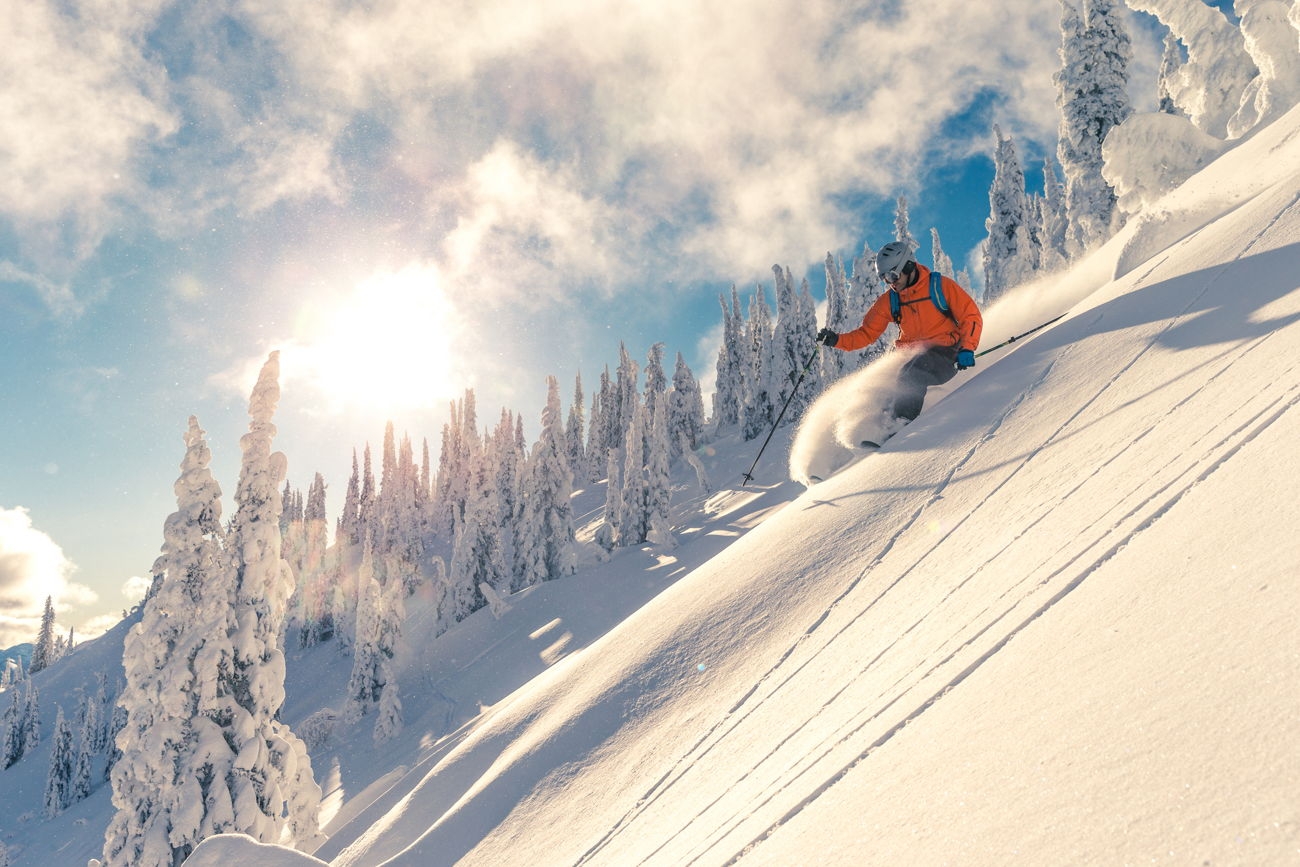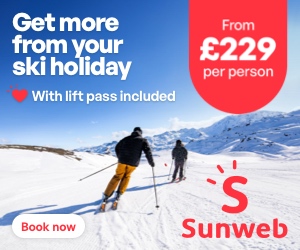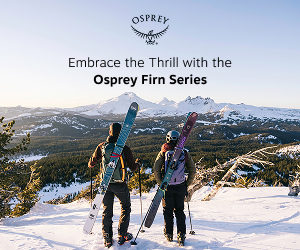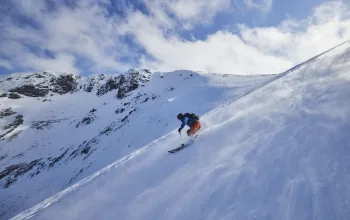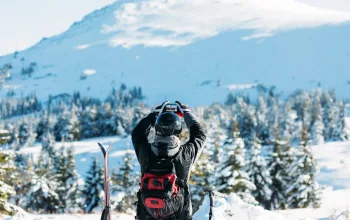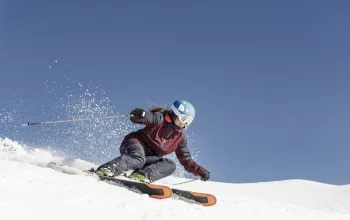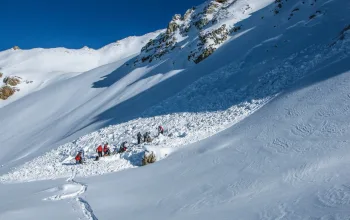We talk to Theo from Snowpro Fitness about the best way to get fit for your next ski holiday.
'When people think of skiing and snowboarding, they automatically think of leg strength, but the reality is that you need full body strength to really prepare yourself for the slopes. Training should focus on the core as it underpins all movements but there isn’t a muscle in your body that you can neglect.'
Theo recommends an 8-week programme, but if time is tight he recommends focusing on combination movements, or compound exercises that work on mobility, flexibility and strength at the same time.
Before any exercise you should always warm up to reduce the risk of injury.
Recommended warm up
Start with a gentle jog, either on the spot, around a room or up and down the street. The aim is to feel your muscles warming up and to slightly increase your heart rate.
Once your muscles feel warm move on to jumping jacks and complete between 10 and 30 repetitions at a medium quick pace
If you feel confident enough try skater jumps – between 10 and 30 repetitions at a slow to medium pace
Finish off with box squats, use a mirror or the camera on your phone to ensure you have correct alignment and posture - back straight, knees not moving out beyond the toes. Complete between 5 and 15 repetitions at a medium pace.
Exercises for strength, conditioning and flexibility
Legs
Clearly the legs are vital to skiing and snowboarding, and for full days on the slopes they need to be not only strong but also flexible.
Recommended exercise, three-way lunge (forward lunge, side lunge, lunge behind): This exercise is very efficient as it works the legs - particularly quads, hamstrings and glutes - as well as the core, abs and obliques.
Glutes (bum)
The gluteus maximus is the largest muscle in the human body and is vitally important to skiing and snowboarding as it is the main muscle that deals with keeping the trunk in the correct posture. It's also responsible for, or plays a part in most movements in the lower body so neglect these beauties at your peril.
Recommended exercise, glute bridges: Lay on your back with your feet on the floor, your knees bent and your arms down beside you. Push up through your glutes to make a bridge shape with your body weight resting on your shoulders and feet.
Arms and shoulders
Test yourself by trying to do 10 push ups. If this is difficult then you may well find your upper body aching after the first day of your ski holiday. This is due to the many rotations your body goes through, the use of ski poles and simply holding your arms up in a prone position.
Recommended exercise, push ups (plus variants): If you find standard push-ups difficult start with your knees on the floor, and your upper body forming a straight line from your knees to your head. Once you work through this basic version and feel a little more confident, move on to standard push ups. As you advance introduce variants which target specific muscles around the arms, shoulders and chest.
Back
Backs are often left out of any fitness routine, but working on your chest and abs without paying attention to your back could lead to an imbalance in strength, possibly leading to injury. A strong back is vital for posture in the half squat position we often find ourselves in when skiing or snowboarding and your back needs to be able to provide stability for this position. If it can’t then the tendency is to break at the waist and upper back, leading to sore muscles. For freestylers, if you’re jumping in the air and can’t maintain a good posture then you won’t have optimal aerial balance and are more likely to fall when you hit the ground.
Recommended exercise, back extension with row: Lie on your front in a prone position with your arms directly in front of you and your legs together. Raise from your lower back into a lumber back extension and then move your outstretched arms in to your sides in a rowing movement. This hits your whole back and promotes balanced strength between your back and chest/abs.
Skip to 39 seconds for the back extension with row
Ski and snowboard stance and balance training
In the UK we have very few places to practice on a slope, which is why learning how to train for stance and balance in the comfort of your own living room is vital. The best way to practice this is through the use of a balance beam and makeshift or bought skis or snowboard. Obviously, it’s not always practical to use a full size pair of skis or snowboard so you can use an old skateboard deck and lash up a binding system, or opt for a Snowboard Addiction training board training board.
Initial practise should focus on simply jumping onto, and off the beam with a brief pause to balance. This will engage your core and start to build muscle memory so that when you hit the slopes you're more used to, and prepared for the different kinds of movements and stances you have to go through.
If you're interested in freestyle then balance beams are an absolutely fantastic training tool. You can quickly advance your skills from the comfort of your own living room and with very little space.
Stretching before skiing
Before you hit the slopes Theo recommends dynamic stretching using bodyweight, which will prepare your body for the rigours of the day.
Basic stretch, squat to overhead reach: This is as simple as it sounds, but will cover the legs and stretch the abdominal muscles from the pelvis to the sternum. Squat down, maintaining good back posture and ensuring you engage the glutes. Slowly raise up from the legs, reach your arms above your head and stretch upwards as high as you can. Repeat 3-4 times.
Intermediate stretch, lunge with rotation: Lunge forward with your arms out in front of you and twist towards the knee that’s forward, then twist back and stand back up. This will target the quads, hamstrings and glutes as well as your obliques and some of the smaller back muscles going up the spine. Repeat 2-4 times on each leg.
Advanced stretch, inch worm: From standing reach down to touch your toes, walk your hands forwards into a press up position, hold for a split second and walk your hands back and stand up again. The aim of this is not to tear your hamstrings apart, so if you can’t touch your toes simply bend at the knees as you go down. This will stretch your legs and hamstrings and also flex the spine and shoulders. Repeat 2-3 times.
If you're interested in innovative and fun training sessions for ski and snowboard holidays, get in touch with Theo at Snowpro Fitness.


